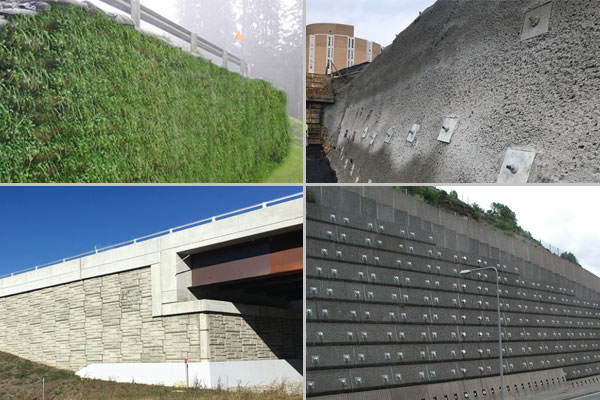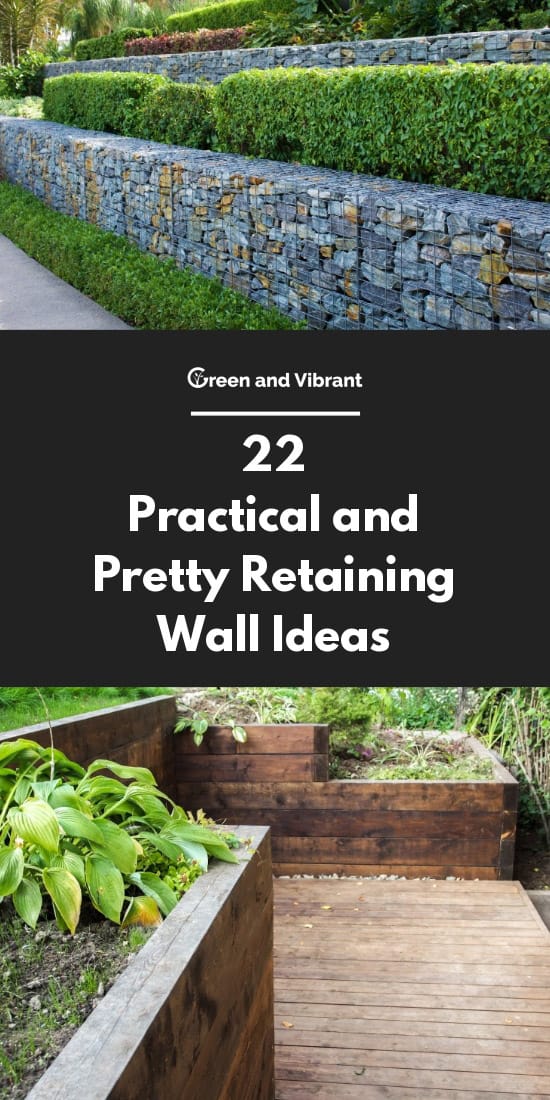

Minimizes erosion, which can lead to poor soil health.Turns a previously unusable part of your yard into a functional one.But aside from aesthetics, what are the benefits? Then augment the garden with marigold, ageratum or petunias for waves of color that can be enjoyed all summer long! Benefits of Tiered Gardenĭesigned and executed properly, a tiered garden design can be a stunning focal feature in your yard.

One option is to plant taller perennials near the back of each level while stocking the front of the tiered garden bed for shorter, long-blooming annuals.Ĭhoose phlox, poppies or lilies to add a splash of color in spring and early summer while the annuals are getting established. These perennials don’t have long bloom times, but their attractive foliage keeps the garden interesting throughout the growing season.įinally, keep plant height in mind when making your choices. Try hosta, bleeding heart or astilbe for those less sunny spots. Upper levels and taller plants can also cast shadows on shorter, lower plants. Farming ideas for these lower levels can include moisture-loving plants such as irises, elephant ears, and ferns. Moisture retention will be better at lower levels, especially if there’s a water feature in the tiered garden. Higher levels will dry quicker than lower ones.Ĭonsider storing those top tiers for succulents like portulaca, or drought-loving flowers such as gaillardia, verbena or lantana. Keep in mind different levels of a tiered garden can create various thriving conditions. To maximize safety, the tiered garden design might also include steps to access the various levels, lighting and, in some cases, a handrail or railing.ĭuring the planning stages for a tiered garden bed, also consider the plant option. The retaining walls require the proper footing, attaching, and drainage to withstand the wrath mother’s nature hurls at them. What Should Homeowners Consider when Building a Tiered Garden? If your yard is flat, it’s still feasible to have a tiered garden using pots, raised planters or building the terraces against a wall or fence. Throats are leveled within the tier so the water soaks in, instead of flowing downhill. Terracing, or building the tiers, helps control soil erosion on a slope. Tiered gardens add a note of concern to yards because of the change of elevation from one tier to the next.

For homes that are built on hills, developing a tiered garden design will not only make the yard more usable, but it can also improve the value of the property by adding outdoor living space. A tiered garden contains one or more retaining walls that form two or more level areas.


 0 kommentar(er)
0 kommentar(er)
